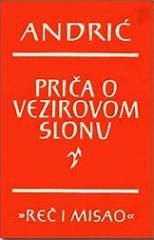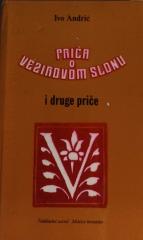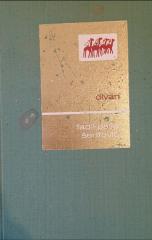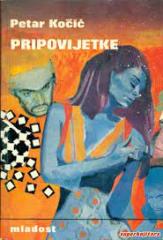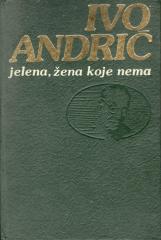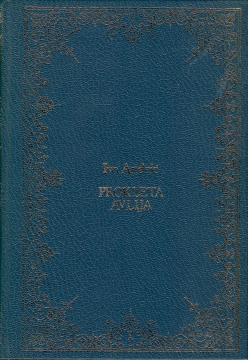
Sabrana djela IV: Prokleta avlija
„Prokleta avlija“ jedno je od najpoznatijih dela Ive Andrića, originalno objavljeno 1954. godine. Ovo kratko, ali snažno delo predstavlja duboku analizu ljudske prirode i sudbine kroz priču o zatvorenicima u otomanskoj tamnici poznatoj kao Prokleta avlij
Smeštena u Istanbul, priča istražuje teme moći, nepravde, istine i slobode. Glavni pripovjedač fra Petar, franjevac iz Bosne, našao se zatočen u Prokletoj avliji, ozloglašenom zatvoru. Kroz njegove oči doživljavamo priče drugih zatvorenika, uključujući centralnu priču o Latifu i njegovoj opsesiji Sulejmanom Veličanstvenim.
Prokleta avlija simbolizuje univerzalni zatvor - mesto gde se susreću sudbine, gde vladaju laži, intrige i surovost. Fra Petar sa razumevanjem sluša priče drugih zatvorenika, otkrivajući njihovu humanost uprkos teškim okolnostima. Kroz priču o Mehmed paši Sokol Andrić unosi i istorijske elemente, spajajući fikciju i stvarne događaje.
Prokleta avlija nije samo fizički zatvor, već metafora životnih patnji, ograničenja i nepravdi. Svaki lik ima svoju priču, a kroz njih Andrić istražuje ljudske sudbine, čežnje i greške. Delo se duboko bavi pitanjem moći, slobode i moralnog propadanja. Kroz priče o zarobljenicima i fra Petru, Andrić oživljava istorijsku Bosnu i Osmansko carstvo.
„Prokleta avlija” važi za jedno od najmoćnijih Andrićevih dela, jer u relativno kratkom formatu uspeva da prikaže složenu mrežu ljudskih sudbina, moralnih dilema i istorijskih sila. Delo i danas ostavlja snažan utisak zbog svoje univerzalne poruke o ljudskoj sudbini i pravdi.
Nema primeraka u ponudi
Poslednji primerak je nedavno prodat.
